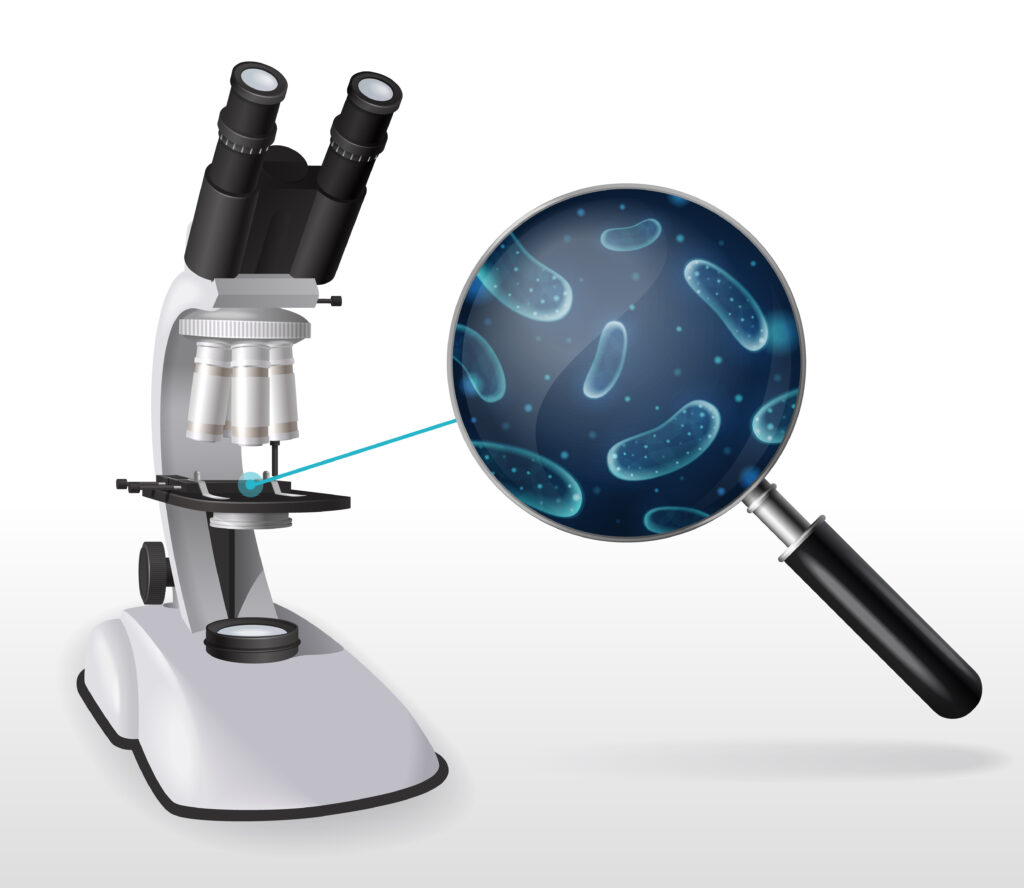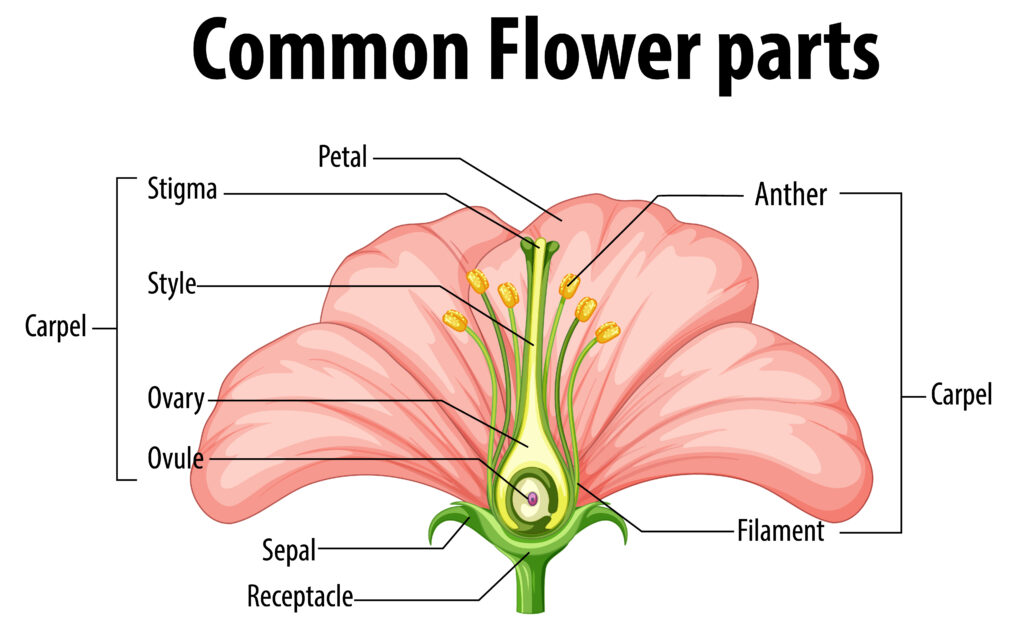Effect of Hormones on Plant Growth
Explore the powerful influence of hormones on plant development. This simulation allows you to apply different plant hormones to seedlings and observe their effects on growth, a key concept in plant physiology.
Help & Instructions
▼- Choose a Hormone: Select a plant hormone (Auxin or Gibberellin) to apply.
- Run the Simulation: Click 'Apply Hormone' to see the effect on the plant's growth over time.
- Quiz Challenge: Answer questions about hormone functions and their physiological effects.
- Identify the primary functions of key plant hormones.
- Differentiate between the effects of different hormones (e.g., growth promotion vs. inhibition).
- Understand how hormones regulate plant processes like stem elongation and fruit ripening.
Plant Hormone Experiment
Select a hormone and observe its effect on the plant.
Quiz Challenge: Hormone Functions
Which plant hormone is primarily responsible for promoting cell division?
Plant hormones, or phytohormones, are chemical messengers that regulate growth and development. They are produced in specific parts of the plant and transported to target tissues, where they trigger a physiological response. Key hormones include auxins, gibberellins, and cytokinins.
The Functions of Key Plant Hormones
Primarily produced in the stem tips and buds, **auxins** are best known for promoting **stem elongation** and cell division. They play a crucial role in phototropism (bending toward light) and gravitropism (growth in response to gravity).
These hormones promote **stem and root elongation**, stimulate seed germination, and can induce flowering and fruit development. Gibberellins work in conjunction with auxins to promote growth.
Synthesized in the roots, **cytokinins** are responsible for **promoting cell division**. They often work with auxins to regulate plant growth, particularly in the development of shoots and roots.


